 Damage caused by pests can prove to be expensive.
Damage caused by pests can prove to be expensive.
The numerous benefits offered by timber have made it a material of choice for interior finishes and fit-outs: right from staircases, internal door frames and doors to shelving, cabinets, furniture and expensive artworks and decorative materials.
However, these timber fittings and finishes are susceptible to termite infestation. The cost of termite damage to wooden structures, including repair, runs into millions of dollars annually and is steadily increasing.
Timber is a popular choice for interiors due to its beneficial qualities such as its high strength-to-weight ratio, insulation and sound-absorbing properties, resistance to chemicals and ease of working with a variety of tools and machines.
Once a building is constructed with its interior design and furnishing works completed, the site can present numerous opportunities for termites to infest it continuously if it is not pre-treated with termiticides. Subterranean termites can migrate throughout a residential plot, either by colony extension through the ground, by moving from house to house or by rapid colonisation of new sites by millions of dispersing alates or swarmers. Another termite-conducive condition is when there is insufficient clearance between the ground soil and structural wood in a crawl space. Too little clearance prevents proper inspection and treatment and makes it easier for termites to build shelter tubes between the soil and the building structure. Once the termites enter the building, wood is most susceptible to their attack.
The application of liquid termiticides to the ground soil has been the mainstay of subterranean termite control for more than 50 years. The objective of such treatment has been to create a continuous chemical barrier that prevents termites in the ground from entering buildings. In actual practice, however, it is almost impossible to achieve complete and uniform termiticide coverage around and beneath a building.
A conventional application may require hundreds of gallons of termiticide solution to be injected into the soil, beneath concrete slabs and within foundation walls. Liquid applications also require specialised equipment such as masonry drills, carbide bits, pumps, large-capacity tanks, soil rods, sub-slab injectors and foam machines. The treatment should be carried out by experienced professionals who also have a sound knowledge of building construction in order to identify the critical areas through which termites can enter.
Although liquid soil treatment is a key method of preventing or alleviating termite attacks, it should not be viewed as a substitute for good construction practices. Eliminating termite-conducive conditions, such as excessive moisture and wood-to-earth contact, will further enhance the effectiveness of termiticide treatments.
With so much of wood being used in the interior designing works of buildings today, protection against termite invasion becomes an all-important issue today. The internal divisions within a building tend to be solid blocks walls finished with plasterboard using the dry-lining technique, where the layer of plasterboard is stuck to the wall with plaster dabs. This leaves a 5 mm gap between the plasterboard and the blockwork that can harbour termites and other insects that are impossible to treat even with extensive pest management programmes.
Ideally, a solid wall with the traditional two-coat plaster is preferable for internal partitions. If this is not feasible, care should be taken to avoid a factory-made partition system as it provides a distribution network for pests to spread throughout the structure. A framework of timber and vertical studs, which are properly sealed both at the top and bottom with head and sole plates, offer an acceptable alternative. Again, this must be finished with plaster board and skim, which should be continuous, sealing all gaps at the floor and ceiling level and eliminating potential harborage of termites and other pests.
Pre-construction curing
The most effective time to apply a liquid termiticide is while the building is under construction as pre-construction treatment allows the application of termiticide precisely in the areas where it is needed. Exposed soil should be accessed and thoroughly treated before concrete slabs are poured, floors are fitted, foundations are completed and substructures are erected.
Pre-construction treatment should cover the entire soil or gravel-fill area under slabs, around pipes and utility conduits, along all sides of foundations, piers, and interior partitions walls as well as the gaps in concrete blocks and masonry. A subsequent vertical treatment along the foundation is needed after backfilling and grading has been completed.
A properly applied pre-construction treatment process is a wise investment, and has long been recommended. Unfortunately, the demands of builders for the least expensive treatment has a detrimental effect on pretreatment services. Under-dosing and insufficient volumes of termiticides erode the effectiveness of these treatments, and forsake the most opportune time for achieving soil barriers. Removal of treated soil and disruption of the termiticide barrier by construction workers, cement contractors, and landscapers, may also compromise an otherwise effective treatment.
Post-construction curing
Having a comprehensive liquid termiticide plan after a structure is built is a far more difficult proposition as many factors complicate post-construction applications such as non-uniform soil absorption, inaccessible areas and hidden construction faults. Post-construction treatment requires experienced professionals with a more in-depth knowledge of building construction since many of the potential termite entry points are now hidden behind walls, floor coverings, and other built-in obstruction such as tubs, showers, cabinets and bookcases.
These professionals also need to be conversant with local construction practices as techniques vary in different countries and areas. The risk of puncturing and contaminating ducts, drains, wells, cisterns, plenums, plumbing and electrical lines also increases with post-construction applications and the professional must be able to locate and avoid contaminating them.
Post-construction treatment is done in the buildings primarily through drilling and injection and sometimes through trenching and rodding with the aim of creating a continuous chemical barrier that can effectively block all the possible termite entry points – such as foundation expansion joints, outside perimeter wall, and cracks in the flooring, footings and foundation walls.
Termites eat away wood from the inside leaving the wood surface skin untouched, so the damage is extensive and irreparable by the time it is detected. Only trained technicians can detect the presence of these hidden termites, unless mud tubes are found on the surface of the structures – by which time the infestation is already extensive.
Generally, under this condition, termites can only be controlled through creating an appropriate and complete chemical barrier on the ground or basement level done through drilling, rodding and pressure injection of termiticides.
This remains the standard method that has proved itself with time, as none of the newly developed ones has been able to prove itself as a stand-alone method of termite control.
* Mohamed Amin Mirghani is a senior executive officer at the Riyadh-based Masa Establishment for Pest Extermination Services – a leading company in termite control – providing economically feasible and effective professional pest control services against subterranean termites and all household pests for the last 25 years.






.jpg)









.jpg)


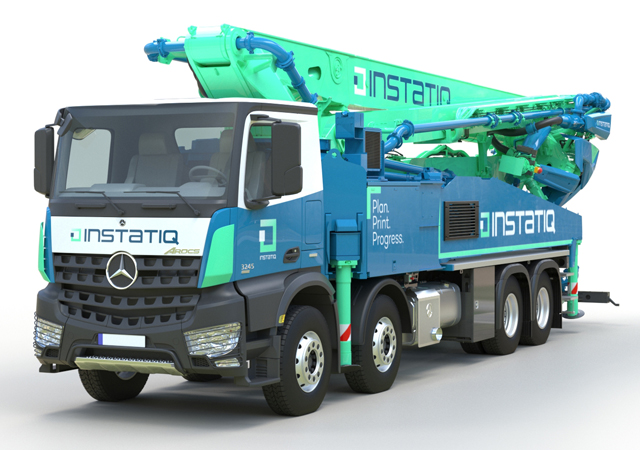


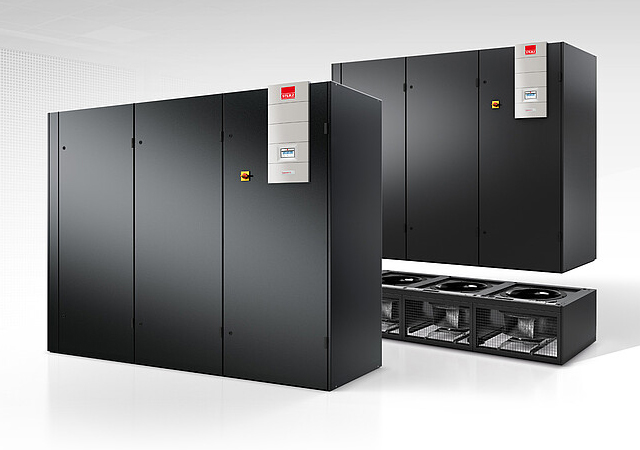







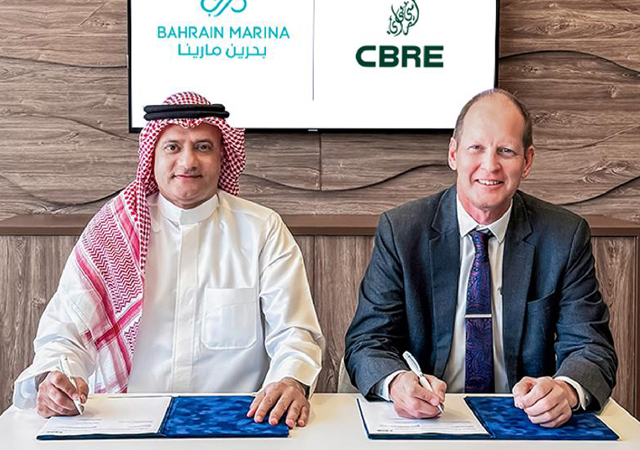


















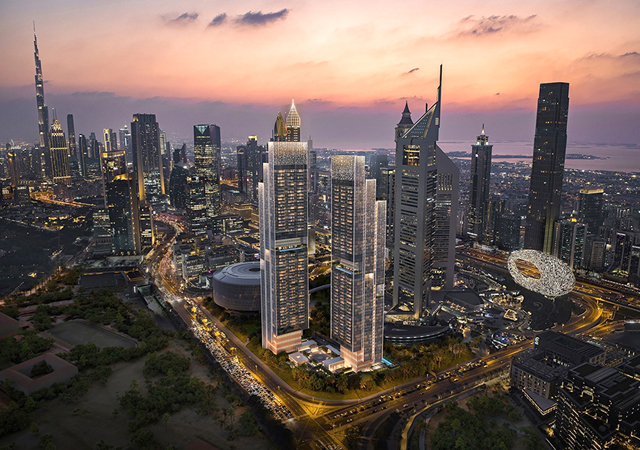


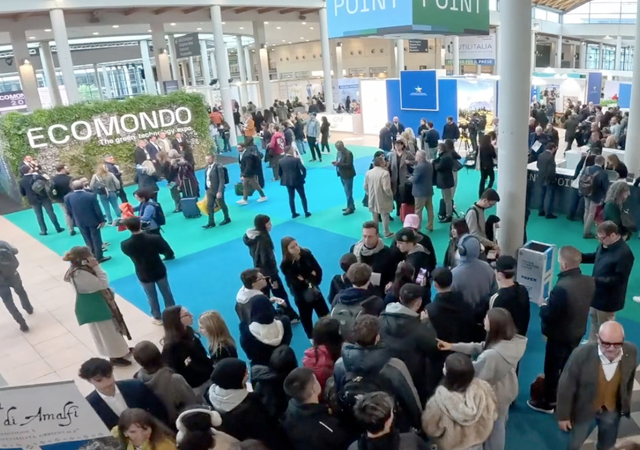
.jpg)

